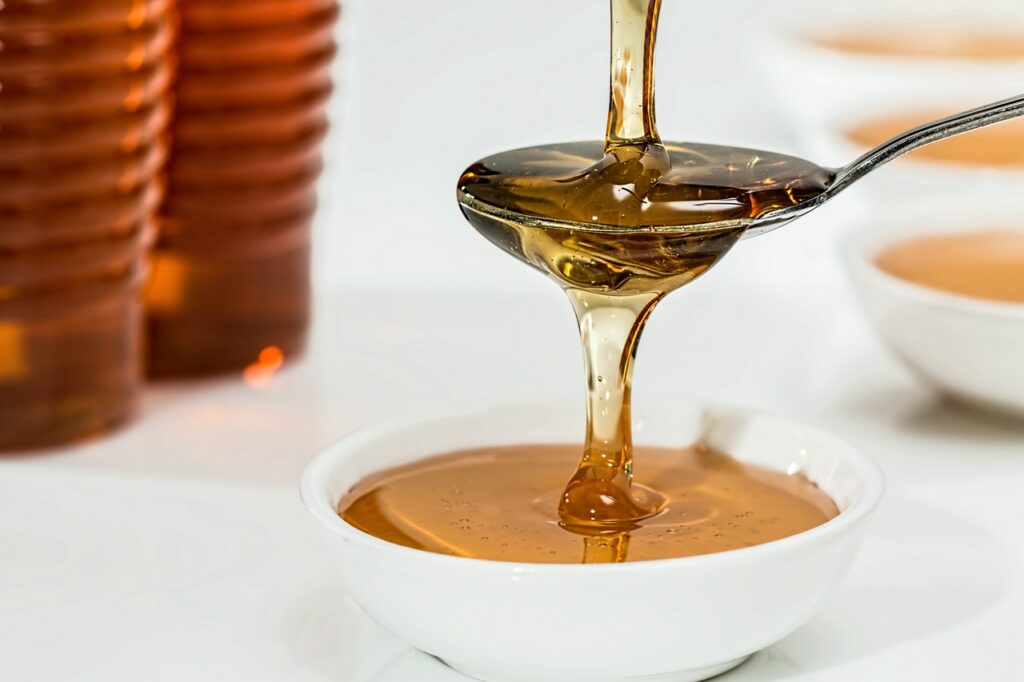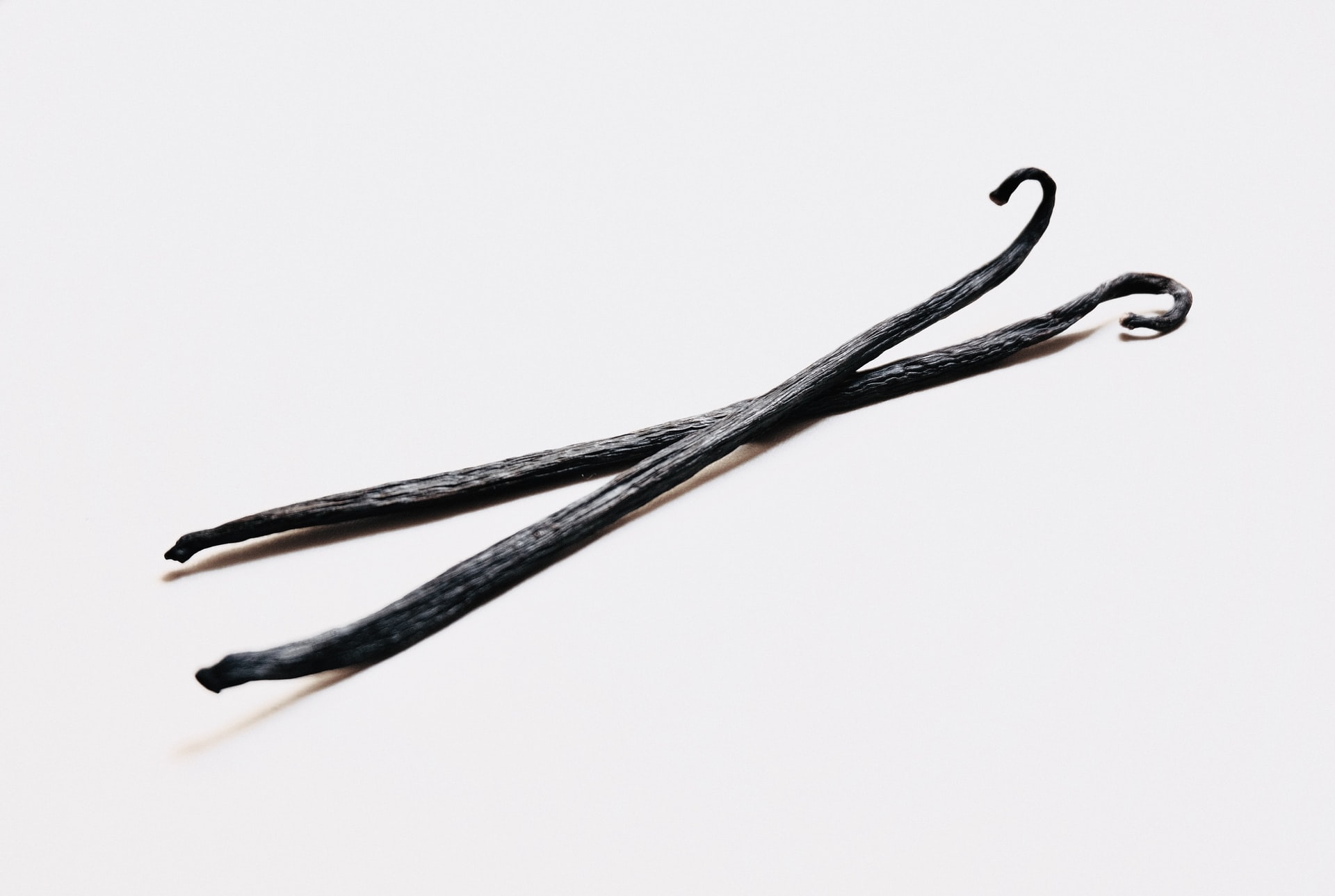Vanilla beans are ingredients that completely transform a dish even when it’s just a pinch. Its intensity makes it perfect for sweets, cakes, ice cream, savory stews, and meat dishes.
Most of these vanilla beans originated from Tahiti, and Mexico. Like wine, coffee, and chocolate, this plant has its unique characteristics, and every territory has a way of using it. The different species of these ingredients result from the different climates under which they grow.
Vanilla beans embody the rich, intense, floral flavor we know as vanilla. But what happens when you and the store run out of vanilla beans, right when you need to whip up that cake?
Well, there are a few substitutes for vanilla beans that will suffice in a pinch.
Best Vanilla Beans Substitutes
These vanilla beans substitutes may not deliver the exact floral, sweet flavor profile with woody undertones, but they’re amazing. We’ll start with the vanilla-based replacements and work our way down to the surprises:
1. Vanilla Extract
When looking for a substitute that will give the exact vanilla flavor, vanilla extract comes first. It’s a solution made by soaking vanilla beans (pods) in a mixture of water and alcohol. Vanilla extract is almost always available in the store, and many recipes call for it.
If you’re not up for buying a bottle, you can make your vanilla extract. Simply soak about six vanilla beans in one cup of vodka to get a unique flavor. When substituting the extract in your recipe, use one tablespoon or a teaspoon of extract in place of one vanilla bean. Using these substitutes for vanilla beans depends on the recipe and strength of vanilla you want.
2. Vanilla Powder
Let’s talk about another common vanilla bean substitute known as vanilla powder. If you find these in their pure form, here’s some news you’re using vanilla beans. In other words, vanilla powder is derived from vanilla beans but is prevalent in French and Mexican dishes.

Since vanilla powder shares the same flavor, it is ideal for custards, dessert recipes, and puddings. It’s alcohol-free and has a nice, smooth texture. Ensure to check the label of any vanilla powder you buy for sweeteners, as some manufacturers add a sweetener to theirs. Use two teaspoons of vanilla powder in place of one vanilla bean.
3. Vanilla Paste
Vanilla paste is a blend of vanilla powder and extracts, with a syrup-like consistency, vanilla bean specks, and startling intensity. Manufacturers combine the seeds of the vanilla plant with binders like inverted sugar or corn syrup. They are also popular for use in several dishes in different parts.
Since you don’t have to extract it from the pod, it’s easier to use than vanilla beans. Vanilla pastes are vanilla beans substitutes with an intense flavor profile, perfect for vanilla-centric recipes. For example, the vanilla paste would be better for a vanilla cake than chocolate cookies. It would be best to follow the instructions and equivalencies per jar of vanilla paste you buy when substituting.
4. Vanilla Sugar
This substitute for vanilla beans are similar to regular granulated sugar. They result from commercially infusing white sugar with vanilla flavor, so they will have dark drains of vanilla beans in them. Vanilla sugar is a popular ingredient used in several parts, including Italy, Austria, and Hungary.
One to 2 teaspoons of vanilla sugar will suffice for one vanilla bean in sweet dessert recipes. However, you should reduce the amount of regular sugar in the recipe because of the vanilla sugar. They are perfect for use in dishes where you would have used vanilla beans.
5. Vanillin Sugar
One of the many substitutes for vanilla beans that aren’t as popular is Vanillin sugar. Vanillin is one of 250 chemical compounds that make up the vanilla flavor, which many people are unaware of. Today, guaiacol, made from petrochemicals, accounts for around 85% of vanillin production.
Vanillin sugar might have a similar manufacturing process to vanilla sugar, but that’s where the similarities end. However, it’s a good alternative because the end result has a similar flavor to vanilla beans. One to two teaspoons of vanillin sugar can substitute for vanilla beans in one batch of batter or dough.
6. Maple Syrup, Almond Extract, and Honey
When you can’t find anything with vanilla in it, you can opt for Almond extract, honey, or maple syrup. While Almond originated from the middle east, honey came from Africa and maple syrup, north America. Despite the variations in their origins, they all have a pleasant taste that makes them common ingredients for dishes.

Maple syrup and almond extract will provide the same nutty flavor as vanilla beans, so they’re suitable vanilla beans substitutes. The almond extract is more similar in texture to vanilla extract, and you can use it in the same ratio. In contrast, maple syrup has a stickiness with less sweetness than vanilla beans.
7. Alcoholic beverages: Brandy, Vanilla Liqueur, Bourbon, Rum
I bet you never considered alcoholic beverages could be substitutes for vanilla beans. They’re especially appropriate for people who have no qualms about consuming alcohol as food additives. No one can pinpoint where these beverages originated from, but they first appeared in China.
These beverages are also good if you want the vanilla flavor without the caramelly taste of the beans or extracts. Substitute one vanilla bean with two teaspoons of spirits for your recipe. You’d be surprised at what these beverages to your dishes.
Conclusion
Here are 7 substitutes you can check for when there are no vanilla beans you can lay your hands on.
Most vanilla beans substitutes are cheaper, easier to find, and more convenient. The best part is that these varieties are primarily from vanilla, so you won’t be missing out on the unique taste.
Since there are several options to select from, it won’t be hard to find one that suits your taste. The variety of textures and flavor intensities brings the final choice down to your preference, so give it a shot.
